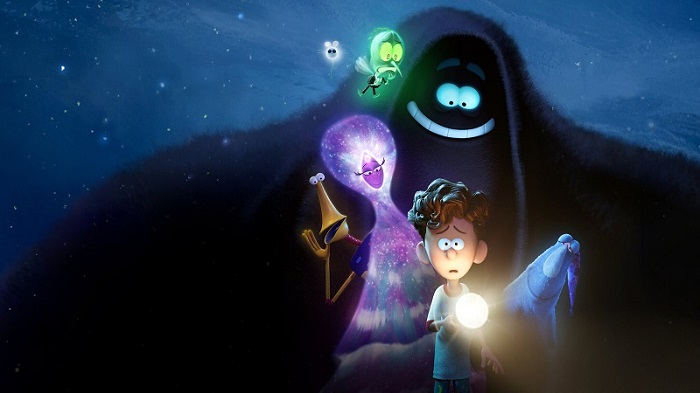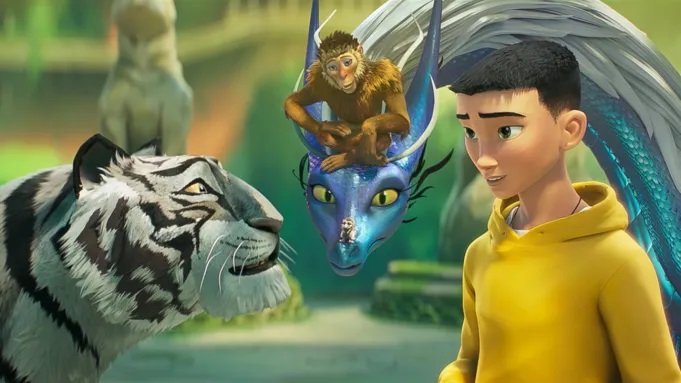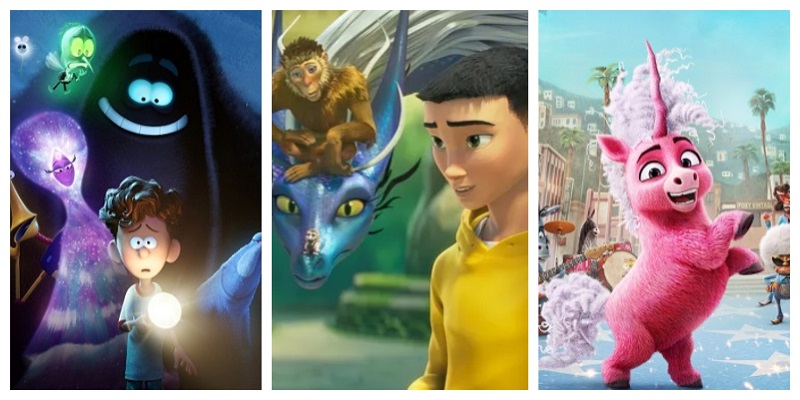Morphological analysis provides a structural framework for understanding the underlying patterns in narratives. While Propp (Vladimir Propp, 1928) primarily focused on folktales, his concepts have been widely applied to various forms of storytelling, including cinema. First, an analysis of the morphological patterns of props used in cinema is given:
Hero: In cinema, the main character usually acts as the hero and embarks on a journey or quest to overcome challenges and achieve goals.
Villain: The antagonist opposes the hero and creates conflict within the narrative. Villains come in many forms, from individuals to abstract forces (Joseph Campbell, 2008).
Helpers: Characters who help the hero on his journey, providing guidance, assistance, or resources. These helpers can be mentors, companions, or allies.
Donor: Similar to the Helper, the Donor gives the hero an object, knowledge, or magical aid to aid him in his quest.
False Hero: A character who appears heroic at first but later reveals his true villainous nature or incompetence (Vladimir Propp, 1928).
Dispatcher: The character who sends the hero on his quest or provides the initial motivation for the journey.
Princess (or Seeker): A character who is looking for an object or person and often moves the story forward through her search (Linda Seger, 1990).
These are just a few examples of how Vladimir Propp’s morphological patterns are employed in cinema. The Propp framework provides a useful tool for analyzing the underlying structures and motifs that shape cinematic storytelling.
Orion and the Dark
Hero: Orion, a young boy who is afraid of the dark, serves as the protagonist.
Villain: The Dark could be seen as the antagonist, representing Orion’s fear (Vladimir Propp, 1928).
Helper: Orion’s parents or a wise mentor figure could serve as helpers, guiding him through his fear.
Donor: A magical object or piece of advice that helps Orion overcome his fear of the dark (Paul Wells, 2002).
Dispatcher: A bedtime story or event that triggers Orion’s fear and sets him on his journey (Jayne Pilling, 1997).
Princess (or Seeker): In this case, the Seeker could represent Orion’s desire to conquer his fear and find peace (Paul Wells, 2002).
False Hero: Perhaps there’s a character who initially appears brave but later reveals their own fears or weaknesses, providing contrast to Orion’s journey (Jayne Pilling, 1997).

The Tiger’s Apprentice
Hero: A young protagonist named Tom, who becomes the apprentice to a magical tiger, serves as the hero.
Villain: An evil sorcerer or antagonist threatens the magical world and could be seen as the villain (Joseph Campbell, 2008).
Helper: The magical tiger acts as Tom’s mentor and helper, guiding him on his quest.
Donor: The Donor might provide Tom with magical artifacts or knowledge to aid him on his journey.
Dispatcher: A mystical event or call to adventure could prompt Tom to embark on his quest to save the magical world (Jayne Pilling, 1997).
Princess (or Seeker): Tom could be seeking to restore balance to the magical realm or to prove himself as a worthy apprentice.
False Hero: Another character may initially appear heroic but later reveals their true intentions, testing Tom’s resolve and character (Vladimir Propp, 1928).

Thelma the Unicorn
Hero: Thelma, a regular horse who becomes a unicorn, serves as the hero on a journey of self-discovery.
Villain: Envious characters or those who seek to exploit Thelma’s newfound fame could be seen as the villains (Joseph Campbell, 2008).
Helper: Thelma’s friend Otis or other supportive characters could serve as helpers, offering encouragement and guidance.
Donor: Thelma’s transformation into a unicorn could be seen as a gift or magical aid that helps her achieve her dreams (Linda Seger, 1990).
Dispatcher: Thelma’s desire to escape her ordinary life and become something more could be the catalyst for her transformation and journey (Paul Wells, 2002).
Princess (or Seeker): Thelma seeks acceptance and happiness, which she believes she can achieve by becoming a unicorn.
False Hero: Characters who initially seem friendly but later betray Thelma or lead her astray could serve as false heroes, challenging her on her journey (Vladimir Propp, 1928).

These are just a few examples of how Propp’s narrative functions can be applied to animations in 2024. While animations vary greatly in style, genre, and narrative structure, the Propp framework provides a useful tool for understanding the underlying patterns and functions in these stories.
References:
- Vladimir Propp, “Morphology of the Folktale,” 1928, Leningrad, Russia.
- Linda Seger, “Creating Unforgettable Characters: A Practical Guide to Character Development in Films, TV Series, Advertisements, Novels & Short Stories,” 1990, Studio City, California, USA.
- Robert McKee, “Story: Substance, Structure, Style and the Principles of Screenwriting,” 1997, New York, USA.
- Joseph Campbell, “The Hero with a Thousand Faces,” 2008 (Originally published in 1949), Novato, California, USA.
- Paul Wells, “Understanding Animation,” 2002, New York, USA.
- Jayne Pilling, “A Reader in Animation Studies,” 1997, London, UK.




